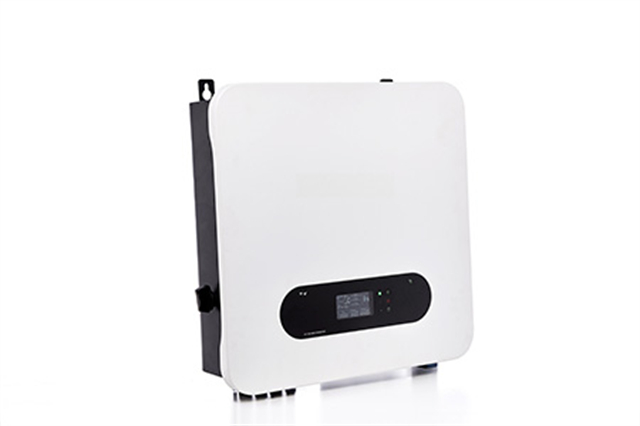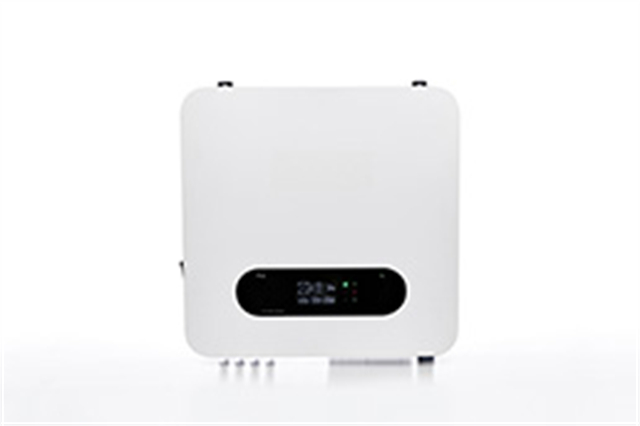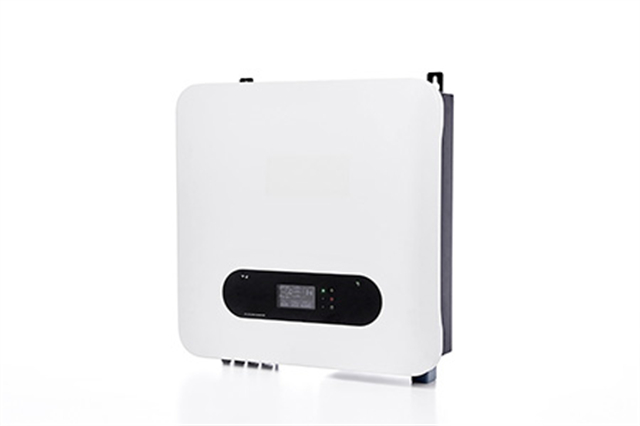Author:BLD Solar Energy SystemFROM:Solar System Converter Manufacturer TIME:2023-10-07
The Efficient Utilization of Luminous On-Grid Solar System is a crucial aspect in ensuring optimal usage of solar energy. With the increasing focus on renewable energy sources, solar power has emerged as a prominent solution to combat climate change and fulfill the rising energy demands. This article aims to explore the various ways in which the efficient utilization of a luminous on-grid solar system can be achieved, leading to enhanced energy generation and reduced carbon footprint.

One of the key aspects of efficient utilization is the proper sizing and design of the on-grid solar system. It is essential to assess the energy requirements of the premises accurately to determine the appropriate capacity of the system. Oversized or undersized systems can result in inefficient energy utilization and decreased performance.

The orientation and tilt of the solar panels significantly impact the efficiency of the system. Aligning the panels towards the sun's path and adjusting the tilt angle based on the geographic location can maximize the absorption of solar radiation. This ensures higher energy conversion rates and improved overall system performance.

Maintaining the on-grid solar system regularly is vital for its efficient utilization. Periodic inspections, cleaning of panels, and maintenance of electrical components are necessary to ensure optimal functionality. Dust, debris, or shading can hinder sunlight absorption, necessitating regular cleaning to maintain peak performance.
Implementing intelligent energy management systems allows for efficient utilization of solar power. Technologies such as smart meters, energy storage solutions, and automated load balancing enable users to monitor and control energy consumption. This fosters effective energy management, reduces wastage, and maximizes the utilization of solar energy.
Integrating the on-grid solar system with the electrical grid is crucial for efficient utilization. Net metering allows the excess solar power generated to be sent back to the grid, earning credits or reducing electricity bills. This promotes efficient utilization by ensuring minimal wastage and maximizing the benefits of solar energy.
Regularly monitoring the energy generation and consumption data provides insights into the system's efficiency. Analyzing this data can identify patterns, potential issues, and areas for improvement. Real-time monitoring systems and data analytics tools enable users to make informed decisions to enhance the efficient utilization of the solar system.
Providing education and training to system operators and end-users is vital for efficient utilization. Understanding the functionality of the on-grid solar system, optimizing usage practices, and troubleshooting basic issues can significantly improve its efficiency. Moreover, staying updated with the latest technological advancements ensures the system is utilized to its fullest potential.
Government policies that support renewable energy adoption and provide incentives play a crucial role in encouraging efficient utilization of on-grid solar systems. Subsidies, tax benefits, and feed-in tariffs motivate individuals and businesses to invest in solar power. These policy measures promote widespread adoption and increase the overall efficiency of solar energy utilization.
The efficient utilization of luminous on-grid solar systems is essential for maximizing the benefits of solar energy. Proper sizing and design, optimum orientation and tilt, regular maintenance, intelligent energy management, grid integration, energy monitoring, education, and policy support are key factors that contribute to efficient utilization. By implementing these strategies, we can harness the full potential of solar power, reduce reliance on non-renewable sources, and create a sustainable future.
